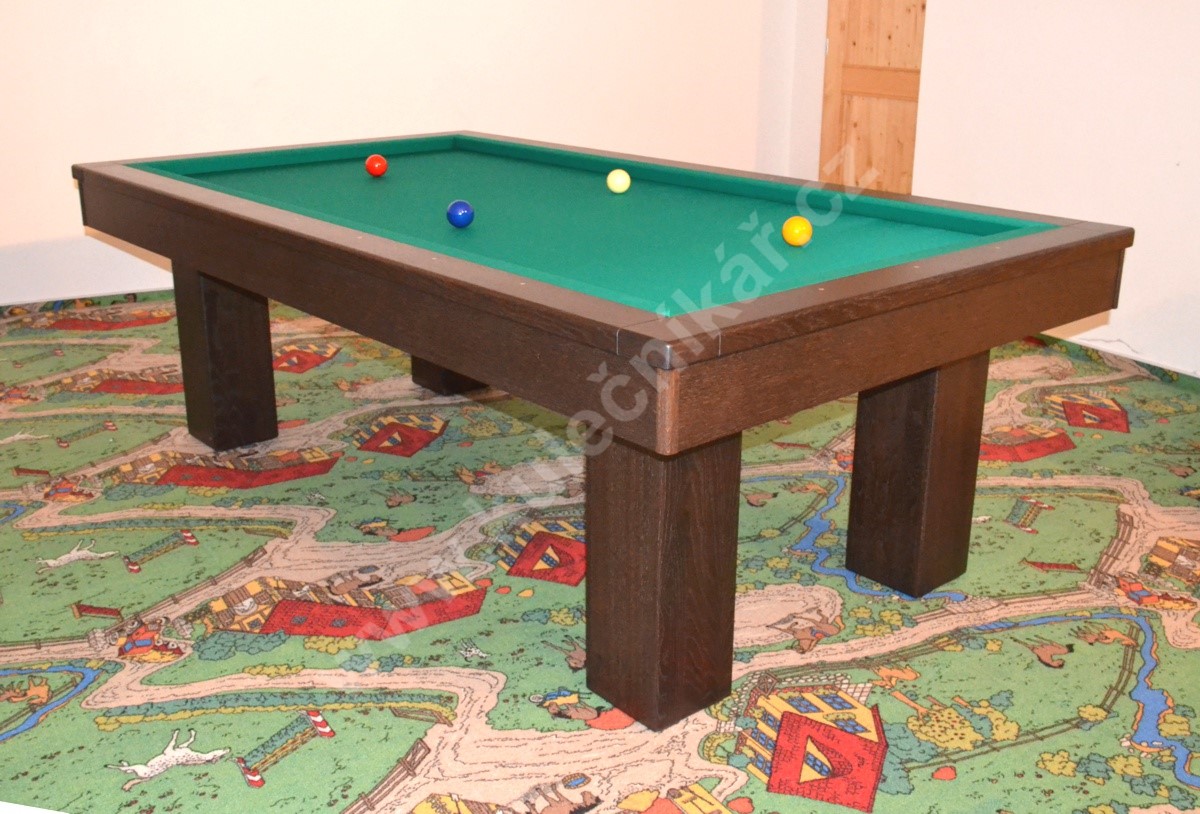

Both types of ball sets are permitted in tournament play. In some sets of balls, however, the second cue ball is solid yellow. The three standard balls in most carom billiards games consist of a completely white cue ball, a second cue ball with typically a red or black dot on it (to aid in differentiation between the two cue balls), and a third, red ball. While UMB, the International Olympic Committee-recognized world carom billiards authority, technically permits balls as small as 61 mm (2.4 in), no major manufacturer produces such balls any longer, and the de facto standard is 61.5 mm (2.42 in). They are significantly larger and heavier than their pocket billiards counterparts, ranging between 205 and 220 grams (7.2 and 7.8 oz) with a typical weight of 210 g (7.5 oz). Modern billiard balls are made from highly resilient plastics with a typical diameter of 61.5 millimetres (2.42 in). Some games use an additional object ball. Equipment ClothĪ standard set of carom billiards balls (61.5 mm diameter), including a red object ball, a plain white cue ball, and a dotted cue ball for the opponent. In modern French, the word carambolage means 'successive collision', currently used mainly in reference to carom or cannon shots in billiards, and to multiple-vehicle car crashes).

But this may simply be folk etymology, as the fruit bears no resemblance to a billiard ball, and there is no direct evidence for such a derivation. Some etymologists have suggested that carambola, in turn, was derived from a yellow-to-orange, tropical Asian fruit also known in Portuguese as a carambola (which was a corruption of the original name of the fruit, karambal in the Marathi language of India), also known as star fruit. It has been pegged variously as a shortening of the Spanish and Portuguese word carambola, or the French word carambole, which are used to describe the red object ball.

The word carom, which simply means any strike and rebound, was in use in reference to billiards by at least 1779, sometimes spelled "carrom". There are many other carom billiards games, predominantly intermediary or offshoot games combining elements of those already listed, such as the champion's game, an intermediary game between straight rail and balkline, as well as games which are hybrids of carom billiards and pocket billiards, such as English billiards played on a snooker table and its descendant games, American four-ball billiards, and cowboy pool. Some of the more prevalent today and historically are (chronologically by apparent date of development): straight rail, cushion caroms, balkline, three-cushion billiards and artistic billiards. There is a large array of carom billiards disciplines.

The invention as well as the exact date of origin of carom billiards is somewhat obscure but is thought to be traceable to 18th-century France. In its simplest form, the object of the game is to score points or "counts" by caroming one's own cue ball off both the opponent's cue ball and the object ball(s) on a single shot. Carom billiards, sometimes called carambole billiards or simply carambole (and in some cases used as a synonym for the game of straight rail from which many carom games derive), is the overarching title of a family of billiards games generally played on cloth-covered, 1.5-by-3.0-metre (5 by 10 ft) pocketless tables, which often feature heated slate beds.


 0 kommentar(er)
0 kommentar(er)
